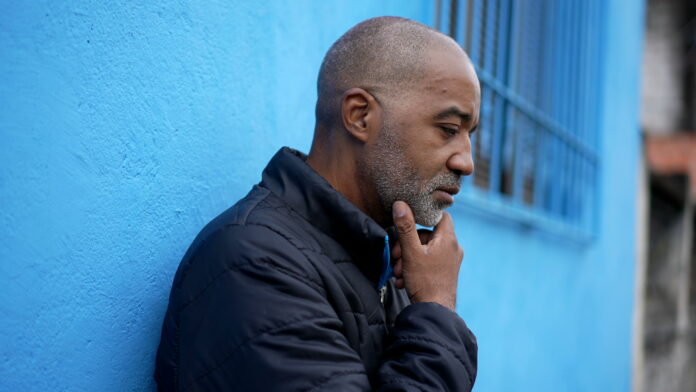Multiple myeloma, a rare and incurable blood cancer, often returns after successful treatment. But recent advances have improved the outcomes for those with the disease.
Symptoms of relapse may be similar to the initial onset of multiple myeloma, different or nonexistent.
Here’s a list of some things you might experience:
- Bone pain (especially in your spine or chest)
- Weakness in numbness in your legs
- Unexplained broken bones or fractures
- Recurrent unexplained infections (sinus, UTI, pneumonia)
- Nausea
- Constipation
- Loss of appetite
- Mental fogginess or confusion
- Fatigue
- Weight loss
- Excessive thirst
Multiple myeloma is rare, with approximately 34,000 new cases diagnosed in the U.S. each year. In total, the disease accounts for about 1 to 2% of all cancers diagnosed, and about 10% of all blood cancers. Multiple myeloma is more common in men than in women and tends to arise in older adults (the average age of diagnosis is 65-70).
Multiple myeloma is twice as common in the Black community and is twice as deadly in Black patients compared to White patients. Additionally, the conditions associated with the development of multiple myeloma (including monoclonal gammopathy of undetermined significance, or MGUS, the existence of an abnormal protein) are seen frequently in Black patients, according to the Multiple Myeloma Research Foundation.
Modern therapies have transformed multiple myeloma from a fatal disease to a chronic, manageable condition for many patients. Some people live 10 years or more with multiple myeloma. As with most types of cancer, early diagnosis and treatment help people live longer. Standard treatment options include targeted therapy, immunotherapy, chemotherapy, bone marrow transplant, corticosteroids, or radiation.
Living with multiple myeloma can be difficult because it’s a remitting and relapsing disease: periods of response to treatment and remission are followed by relapse. Generally, the definition of relapse in multiple myeloma is the reappearance of signs and symptoms of a disease after a period of improvement, while refractory means a disease is no longer responding to treatment, according to the International Myeloma Foundation.
Most patients will experience several remissions and several relapses throughout their disease course. That’s why after the initial treatment for multiple myeloma, follow-up care is essential. Maintenance therapy to reduce the risk of relapse, or catching relapse early, are essential steps to managing the disease. During regular check-ups, the following may be performed to check for signs of relapse:
- Blood and urine tests.
- Biopsies for bone-marrow evaluation.
- Imaging scans for bone evaluation.
You may also experience symptoms when you’re relapsing, which may be similar to or different than the initial onset of multiple myeloma. Symptoms may include bone pain, broken bones from a minor injury, shortness of breath, fatigue, easily bruised skin, or extreme thirst. You may not experience any symptoms. Therefore, it’s very important not to miss your check-ups.
Your treatment plan for relapsed multiple myeloma depends on how long your multiple myeloma has been in remission, the treatment you had before, how well the treatments you have had worked, and your general health. The approach might include:
- Watchful waiting (for slow-progressing, stable disease).
- The same treatment you initially had.
- A stem cell transplant.
- The combination of different therapies.
- Recommendation of a clinical trial with new therapies.
Relapsed/Refractory multiple myeloma, or RRMM, describes when multiple myeloma comes back but doesn’t respond to the same therapies that worked before. It’s important to note that there’s no standard therapy approach for patients who develop the condition.
Multiple myeloma can be difficult to cope with. Knowing that it is going to come back at some point but not knowing when is especially hard. The time between remission and relapse varies from person to person. Some people have months and others have years. Paying attention to your emotional health is critical as is talking to your healthcare provider about your situation so you know what to expect.
While there’s no sure way to lower the risk of relapse, maintaining a healthy weight, getting enough rest, abstaining from smoking, getting regular physical exercise, and eating a well-rounded diet may benefit your general health.






